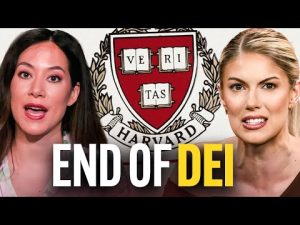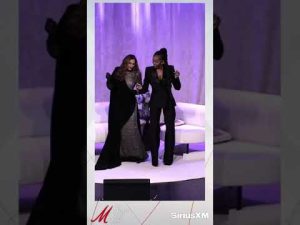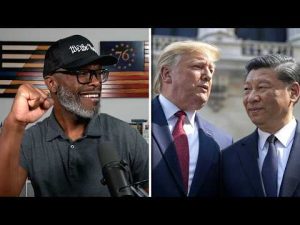Pope Leo XIV’s election as the first American pontiff has sparked intense debate about the Catholic Church’s future. The former Cardinal Robert Prevost, a Chicago-born diplomat, inherits a divided global flock. His early remarks about “building bridges” and continuing Pope Francis’s legacy suggest moderation, but conservatives see opportunities for course correction.
Leo XIV praised Francis’s outreach but faces pressure to address doctrinal concerns. While emphasizing social justice, he must reconcile progressive factions with traditionalists alarmed by liturgical changes and perceived doctrinal ambiguity under Francis. His choice of the name “Leo” nods to Pope Leo XIII’s orthodoxy and Rerum Novarum’s economic teachings, signaling possible balancing acts.
LifeSiteNews CEO John-Henry Westin argues Leo XIV’s restoration of Bishop Joseph Strickland — ousted under Francis for resisting progressive policies — would prove a commitment to orthodoxy. Strickland’s removal, aided by then-Cardinal Prevost, became a flashpoint. Tradition-leaning Catholics view his reinstatement as essential for healing divisions and reaffirming Church teaching on life, family, and authority.
Leo XIV’s background as a Vatican bureaucrat suggests caution, but his American roots may influence transparency and engagement. His focus on AI ethics and media “disarming words” hints at modernizing outreach without compromising doctrine. How he handles liturgy, gender ideology, and clergy discipline will define his papacy.
Conservatives cautiously hope Leo XIV will steady the Barque of Peter by reaffirming timeless truths while addressing 21st-century crises. The Strickland decision looms large — a tangible measure of whether this papacy prioritizes unity or truth.







